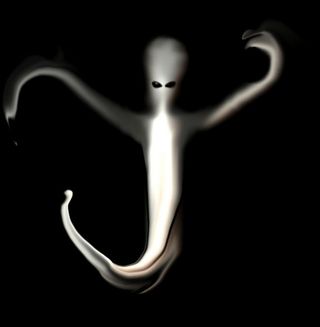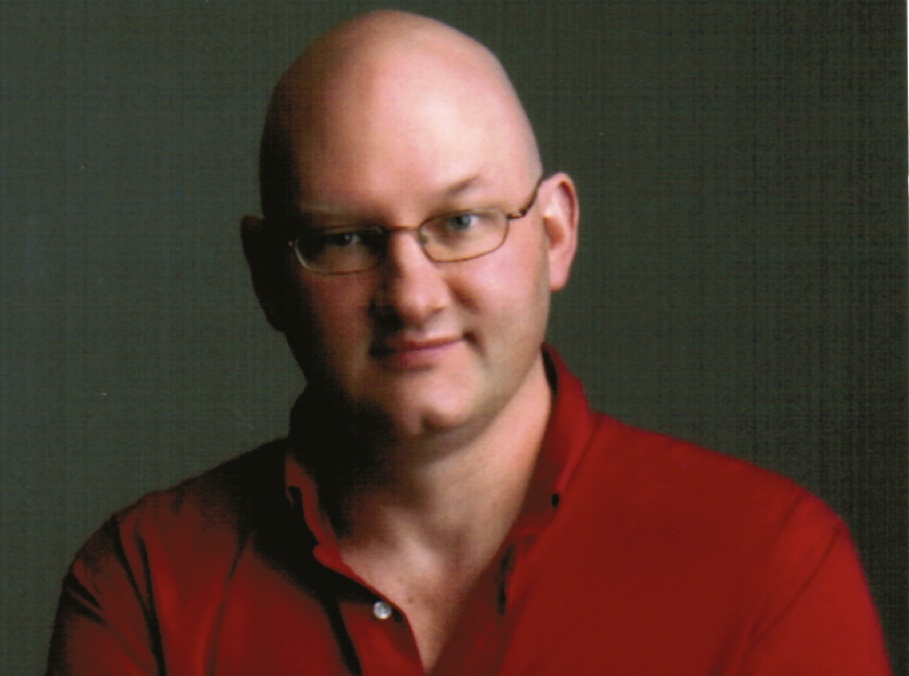FBI's UFO File: Proof of Roswell?

Does a recently discovered 1950 memo found in FBI archives prove that the U.S. government recovered flying saucers and alien bodies in Roswell, New Mexico?
That's what many news outlets and websites are reporting. The British tabloid The Sun, for example, states that "The amazing UFO find at Roswell, New Mexico, was detailed by FBI agent Guy Hottel in a 1950 memo to the agency's director."
The memo, dated March 22, reports that "an investigator for the Air Force stated that three so-called flying saucers had been recovered in New Mexico... Each one was occupied by three bodies of human shape but only 3 feet tall, dressed in metallic cloth of a very fine texture. ... According to Mr. [XXX-blacked out] informant, the saucers were found in New Mexico..." It is apparently a genuine FBI memo, and there's no clear evidence of forgery.
It's being referred to as a smoking gun secret document that finally confirms what UFO believers have suspected for years. The story has been circulating around the Internet, garnering headlines like "Secret FBI memo 'proves' govt. covered up Roswell alien landing of 1947."
Pretty dramatic stuff!
The truth is very different, however. The memo is not secret, nor is it new, nor does it refer to anything that happened in Roswell.
This document has actually been discussed in UFO circles since the late 1990s, and a close reading reveals that agent Hottel is not endorsing or verifying any of the information presented in the memo; he's merely reporting what an Air Force investigator said that someone else told him about the crashed saucers. It's a third-hand report of a story.
Get the Space.com Newsletter
Breaking space news, the latest updates on rocket launches, skywatching events and more!
Furthermore, the description in the memo, three "flying saucers...circular in shape with raised centers, approximately 50 feet in diameter," does not match the 1947 Roswell crash at all. Roswell eyewitnesses described finding lightweight metallic debris scattered in a field—not three intact 50-foot saucers holding nine dead alien bodies.
In fact this memo does not refer to Roswell, but instead to a reported UFO crash in another small New Mexico town called Aztec in March 1948. David E. Thomas, a physicist and researcher with the group New Mexicans for Science and Reason, discovered that the informant mentioned in the memo was almost certainly a con man named Silas Newton, who fabricated a UFO crash hoax, complete with stories of circular flying saucers carrying 3-foot tall aliens. He tried to convince investors that he had access to crashed alien technology that would make them all rich. It turned out to be a scam, and Newton was arrested in 1952 and convicted of fraud. Newton didn't just tell his story to the Air Force investigator that Hottel mentioned; he repeated it to many others including a writer for Variety magazine named Frank Scully.
It's also suspicious that the "smoking gun" document is just an ordinary office memo. It's not classified Top Secret, or even Secret; in fact it's not classified at all. This supposed proof of crashed saucers is mentioned in an ordinary memo, with no more secrecy or concern than a request for more office staplers.
This article was provided by LiveScience.com, a sister site of SPACE.com.
Benjamin Radford is managing editor of Skeptical Inquirer science magazine and author of Scientific Paranormal Investigation: How to Solve Unexplained Mysteries. His Web site is www.RadfordBooks.com.
Join our Space Forums to keep talking space on the latest missions, night sky and more! And if you have a news tip, correction or comment, let us know at: community@space.com.


